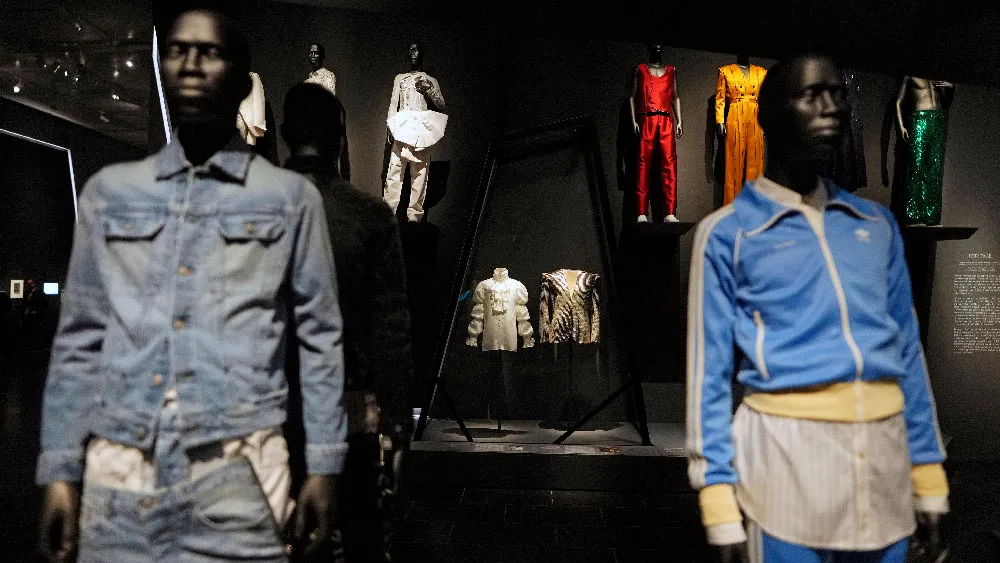December 15, 2010
Taiwan flora show features high-tech displays
Kilian Melloy READ TIME: 2 MIN.
Paper-thin speakers blare pop music. Three-D films appear on elongated screens with no need for special viewing glasses. Viewers' pulses turn cocoons into butterflies in an interactive display.
Welcome to the Pavilion of Dreams, a high-tech enclave within the Taipei International Flora Exposition, where Taiwanese artists and engineers are using technology-generated flowers and plants to strut the island's cutting edge know-how to onlookers from around the world.
The exposition, which runs from November through April, has so far drawn more than 1.9 million visitors to an expansive site in northern Taipei.
Already recognized as a supplier of smartphone and computer components to global technology companies, Taiwan wants to use the pavilion to highlight its capacity for product innovation in the increasingly competitive high-tech world, said Hsueh Wen-chen, head of the government-funded creativity center that designed the popular pavilion.
"Taiwan is not so well-known for creating technologies because we use them mainly in making parts and components for consumer products," she said. "Here we let our imaginations run wild in a way that can give us ideas about how to meet consumer needs when we design our products."
Visitors to the pavilion are greeted by a 3.5-ton artificial flower hanging from the ceiling. It opens and folds its petals to the rhythm of pop music blared from scores of palm-sized speakers, cut into leaf shapes to merge with their surroundings. The speakers are made from a thin, flexible metal coated with a vibrating membrane with strategically placed sensors.
In an adjacent exhibition room, a row of 65-inch flat screens runs 3D animated films of flowers and plants that visitors can view without special glasses because the screens have been engineered to display something known as lenticular imaging.
Just around the corner, a wall of 10-foot- (3-meter-) tall liquid crystal glass panels - looking like a giant transparent bowl - shows a lifelike projection of flowers in the wild.
Unlike conventional flat designs, the 18 panels are curved to create a stunning visual effect. Engineers changed the properties of the membrane attached to the glass so light permeates the curved surface evenly - just like it does on the flat screen version.
Perhaps most impressive of all, a nearby amphitheater shows a film about flora and fauna in a deeply forested environment that allows viewers to transform a small plant into a large tree by breathing onto the screen, or turn a cocoon into a butterfly by placing their wrists near the screen and letting their pulses do the work.
The apparently magical effect is accomplished by using ultra-wide bands, a radio technology first developed at a Russian lab to register life signs in human beings without making physical contact.
"Taiwan is now adapting the UWB technology for medical and other uses," said Yuan Nai-chuan, chief program producer at the pavilion. "We thought it would work very nicely here, too."
Kilian Melloy serves as EDGE Media Network's Associate Arts Editor and Staff Contributor. His professional memberships include the National Lesbian & Gay Journalists Association, the Boston Online Film Critics Association, The Gay and Lesbian Entertainment Critics Association, and the Boston Theater Critics Association's Elliot Norton Awards Committee.


